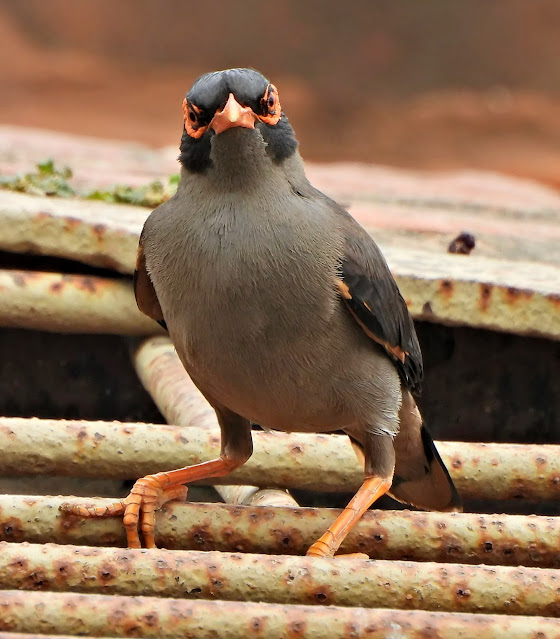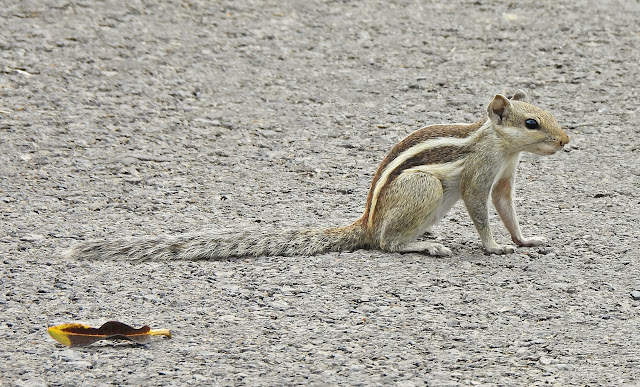Tarentola mauritanica, known as the common wall gecko, is a species of gecko (Gekkota) native to the western Mediterranean area of North Africa and Europe. It has been introduced to Madeira and Balearic Islands, and the Americas (in Montevideo, Buenos Aires and California). A nocturnal animal with a predominantly insectivorous diet, it is commonly observed on walls in urban environments in warm coastal areas; it can be found further inland, especially in Spain where it has a tradition of cohabitation with humans as an insect hunter. A robust species, up to 15 centimetres (5.9 in) long, its tubercules are enlarged and give the species a spiny armoured appearance.
The species was first described by Carl Linnaeus in 1758. It is also known as moorish gecko, crocodile gecko, European common gecko, and, regionally, as osga (in Portuguese), salamanquesa (in Spanish) and dragó (in Catalan).
The Common wall gecko is a small lizard native to the western Mediterranean area of North Africa and Europe. It is commonly observed on walls in urban environments, mainly in warm coastal areas. However, the Common wall gecko can be found further inland, especially in Spain where it has a tradition of cohabitation with humans as insect hunter. This little creature is brownish-grey or brown in color with darker or lighter spots. These colors change in intensity according to the light. When geckos are active by day their color is darker than during the night.
%201.jpg)
%201.jpg)
%201.jpg)
%20Dinopium%20rafflesii)%2020.jpg)
%20Dinopium%20rafflesii)%2021.jpg)
%20Dinopium%20rafflesii)%2022.jpg)
%20Dinopium%20rafflesii)%2023.jpg)




%2020.jpg)
%2021.jpg)









%2020.jpg)
%2021.jpg)
%2022.jpg)

%2020.jpg)







%2020.jpg)
%2021.jpg)











%201.jpg)
%202.jpg)
